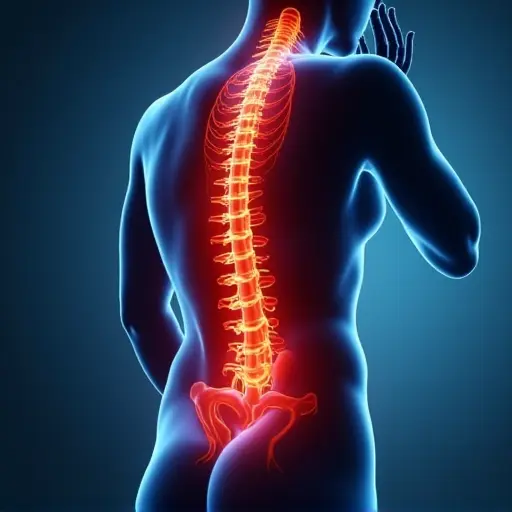
Cold Exposure Therapy: Fad or Science?
Exploring the Physiological Effects and Risks of Cold Plunges, Ice Baths, and Cryotherapy
Cold exposure therapy, including cold plunges, ice baths, and cryotherapy, has gained popularity as a method to enhance recovery, reduce inflammation, and improve overall health. But is it backed by science, or is it just another wellness trend?
Proponents argue that cold therapy can alleviate muscle soreness, boost circulation, and even enhance mental clarity. However, critics caution against potential risks, especially for individuals with underlying health conditions.
The Science Behind Cold Exposure
Cold therapy works by constricting blood vessels, reducing blood flow to areas of swelling, and numbing nerve endings to alleviate pain. When the body rewarms, blood flow increases, bringing oxygen and nutrients to the tissues, which may accelerate healing.
Studies suggest that cold exposure can trigger the release of anti-inflammatory proteins and stimulate the production of brown fat, which burns calories to generate heat. This has led to its use in sports recovery and weight management.
Potential Benefits
- Muscle Recovery: Athletes often use ice baths to reduce post-exercise soreness and inflammation.
- Improved Circulation: Alternating between cold and warm exposure may enhance vascular health.
- Mental Resilience: Cold therapy is believed to increase dopamine levels, improving mood and focus.
Risks and Considerations
While cold exposure therapy has its benefits, it’s not without risks. Prolonged exposure can lead to hypothermia, skin damage, or cardiovascular stress. Individuals with heart conditions, high blood pressure, or diabetes should consult a healthcare professional before trying cold therapy.
Moreover, the effectiveness of cold therapy varies among individuals. Some may experience significant benefits, while others may see little to no improvement.
Conclusion
Cold exposure therapy sits at the intersection of science and wellness trends. While evidence supports its benefits for recovery and inflammation, it’s essential to approach it cautiously, especially for those with health concerns. Further research is needed to fully understand its long-term effects.

 Nederlands
Nederlands
 English
English
 French
French
 Deutsch
Deutsch
 Espaniol
Espaniol
 Portugese
Portugese









